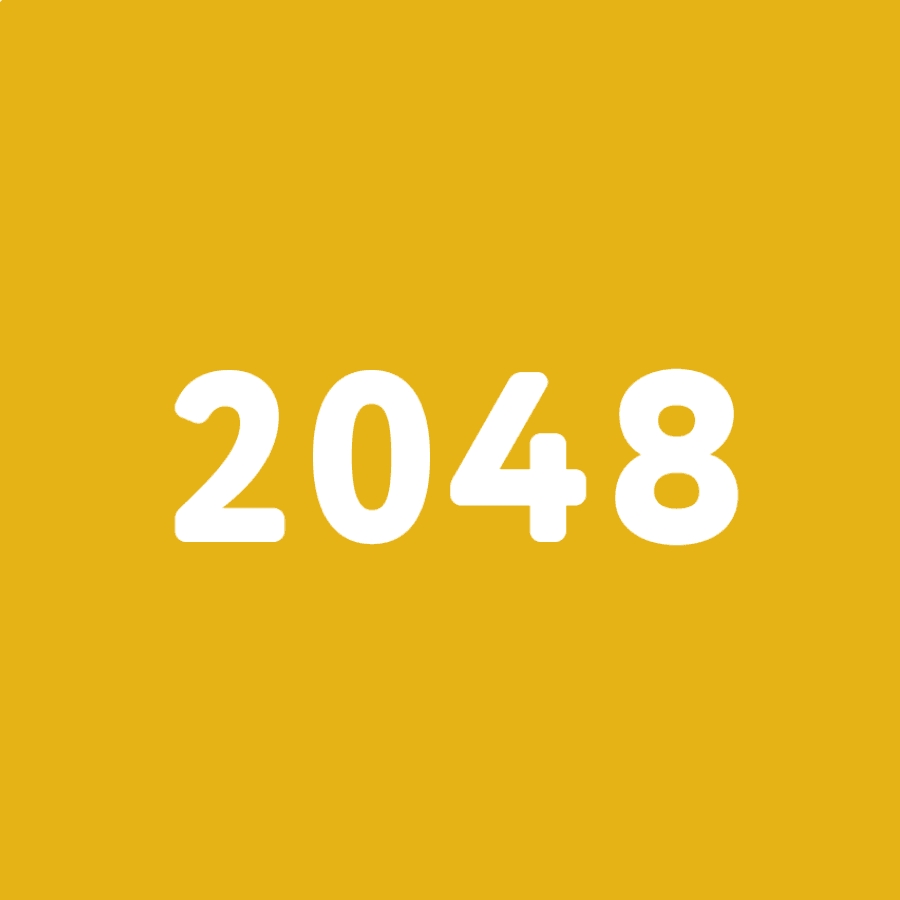

As artificial intelligence continues to revolutionize the creative landscape, content creators are finding themselves at the forefront of a technological renaissance. The year 2025 promises an array of powerful and accessible AI tools that will transform the way we produce and consume content. Let’s learn more about this topic below with 2048 Game.
The world of content creation is evolving at an unprecedented pace, with artificial intelligence playing an increasingly pivotal role in shaping the future of digital media. As we look ahead to 2025, content creators are set to benefit from a new generation of free AI tools that promise to enhance creativity, streamline workflows, and push the boundaries of what’s possible in the digital realm. From advanced text generators to sophisticated image and video editors, these AI-powered solutions are poised to democratize content creation like never before.
In 2025, AI-powered writing assistants will have become indispensable tools for content creators across various industries. These advanced platforms will go beyond simple grammar and spell-checking, offering sophisticated language models that can generate high-quality content, suggest improvements, and even adapt to individual writing styles.
One of the most anticipated developments in this space is the emergence of context-aware AI writers. These tools will be capable of understanding the nuances of different content types, from blog posts and social media updates to technical documentation and creative fiction. By analyzing vast amounts of data and learning from human feedback, these AI assistants will be able to produce content that is not only grammatically correct but also engaging, relevant, and tailored to specific audiences.
Moreover, multilingual capabilities will become a standard feature of these writing tools. Content creators will be able to effortlessly translate and localize their work for global audiences, breaking down language barriers and expanding their reach. This will be particularly valuable for businesses and individuals looking to tap into international markets without the need for expensive translation services.
Another exciting advancement in AI writing assistants will be their ability to collaborate with human writers in real-time. These tools will act as intelligent co-writers, offering suggestions, filling in gaps, and even engaging in brainstorming sessions. This symbiotic relationship between human creativity and AI efficiency will lead to unprecedented levels of productivity and innovation in content creation.
Read more: AI and Education How Smart Tools Are Reshaping Classrooms
The realm of visual content creation will see dramatic advancements by 2025, with AI tools offering capabilities that were once the exclusive domain of professional designers and video editors. These free AI-powered platforms will democratize visual content creation, allowing anyone with an idea to bring their vision to life with minimal technical expertise.
AI-driven image generation tools will become increasingly sophisticated, capable of producing high-quality, photorealistic images from text descriptions or rough sketches. Content creators will be able to generate unique visuals for their projects without the need for expensive stock photo subscriptions or professional photography sessions. These tools will also offer advanced editing features, such as seamless object removal, background replacement, and style transfer, all powered by intelligent algorithms that understand the composition and context of images.
In the realm of video production, AI will revolutionize the editing process. Automated video editing tools will be able to analyze hours of footage and create compelling narratives based on user-defined parameters. These systems will understand pacing, emotion, and storytelling techniques, producing polished videos that rival those created by human editors. Additionally, AI-powered motion graphics and special effects tools will allow content creators to add professional-grade animations and visual enhancements to their videos with just a few clicks.
One of the most exciting developments in visual content creation will be the rise of AI-generated virtual environments and characters. Content creators will be able to design immersive 3D worlds and populate them with realistic, AI-controlled avatars for use in virtual reality experiences, games, and interactive storytelling. This technology will open up new avenues for creativity and engagement, blurring the lines between traditional media and interactive experiences.
The audio landscape will undergo a significant transformation by 2025, with AI tools offering unprecedented capabilities in voice synthesis, audio editing, and music creation. These advancements will empower content creators to produce high-quality audio content without the need for expensive equipment or specialized skills.
AI-powered voice synthesis will reach new heights of realism and versatility. Content creators will have access to a vast library of natural-sounding synthetic voices, capable of speaking in multiple languages and dialects. These voices will be customizable, allowing users to adjust parameters such as age, emotion, and accent to suit their specific needs. This technology will be particularly valuable for creators of podcasts, audiobooks, and voice-over content, enabling them to produce professional-quality audio narration without the need for voice actors or recording studios.
In the realm of audio editing, AI tools will offer intelligent noise reduction, automatic equalization, and even the ability to separate and manipulate individual instruments or voices within a mixed audio track. These features will allow content creators to enhance the quality of their recordings and make precise adjustments with minimal technical knowledge.
Music creation will also be revolutionized by AI, with tools that can generate original compositions based on user-defined parameters such as genre, mood, and tempo. These AI composers will be capable of producing royalty-free background music for videos, podcasts, and other content, eliminating the need for expensive music licenses. Additionally, AI-powered music collaboration tools will allow creators to jam with virtual bandmates, expanding the possibilities for solo musicians and remote collaborations.
One of the most exciting developments in audio technology will be the emergence of AI-driven sound design tools. These platforms will be capable of generating realistic sound effects and ambient soundscapes for use in video production, game development, and virtual reality experiences. By understanding the context and mood of a scene, these tools will automatically create immersive audio environments that enhance the overall impact of multimedia content.
Read more: Is AI a Threat to Humanity Experts Share Their Views
By 2025, AI will play a crucial role in helping content creators develop effective strategies and measure the impact of their work. These intelligent tools will provide deep insights into audience behavior, content performance, and emerging trends, enabling creators to make data-driven decisions and optimize their output.
AI-powered content strategy assistants will analyze vast amounts of data from various sources, including social media, search engines, and competitor websites, to identify trending topics and content gaps. These tools will suggest content ideas tailored to specific target audiences and predict the potential performance of different content types across various platforms. By leveraging machine learning algorithms, these assistants will continuously refine their recommendations based on the success of previously published content.
Advanced analytics platforms will offer real-time insights into content performance, going beyond traditional metrics like views and engagement rates. These AI-driven systems will be capable of sentiment analysis, tracking how audiences emotionally respond to different pieces of content. They will also provide detailed demographic information about the audience, helping creators tailor their content to specific segments of their viewership.
Predictive analytics will become a game-changer for content creators, allowing them to forecast the potential success of their content before it’s even published. By analyzing historical data and current trends, these AI tools will estimate metrics such as reach, engagement, and conversion rates for different types of content. This will enable creators to optimize their content strategy and allocate resources more effectively.
Another significant advancement will be the development of AI-powered personalization engines. These tools will dynamically adjust content presentation based on individual user preferences, behavior, and context. For example, a blog post might automatically adapt its length, tone, or even topic focus depending on the reader’s profile and browsing history. This level of personalization will lead to higher engagement rates and more meaningful connections with audiences.
Lastly, AI will revolutionize content distribution by automatically optimizing posting schedules, channel selection, and content formats. These intelligent systems will learn from past performance data to determine the best times and platforms for sharing different types of content, ensuring maximum visibility and engagement. They will also be capable of repurposing content for various formats and channels, automatically creating social media snippets, email newsletters, and even voice-optimized versions of written content.
As we look towards 2025, it’s clear that AI will become an indispensable ally for content creators across all domains. These free AI tools will not only enhance productivity and creativity but also democratize content creation, allowing individuals and small businesses to compete with larger organizations on a more level playing field. While the human touch will always remain crucial in content creation, embracing these AI technologies will enable creators to focus on what truly matters: crafting compelling stories, building meaningful connections with their audiences, and pushing the boundaries of digital creativity.